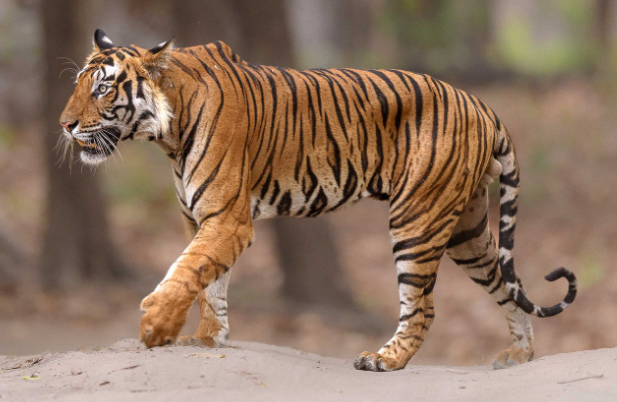Bengal Tigers: The Majestic Guardians of the Jungle
Bengal tigers are not just one of the most spectacular animals on the planet; they are critical to the ecosystems they inhabit. As a symbol of wildlife conservation, understanding these majestic creatures helps us appreciate their role in maintaining the balance of nature and encourages efforts to protect them.
The Importance of the Bengal Tiger in Ecosystems
Bengal tigers play a crucial role in maintaining the health of their ecosystems. As apex predators, they help control the populations of herbivores, ensuring that vegetation can thrive. This balance is essential for the overall health of the forest and grassland environments where they reside. Without these tigers, herbivore populations could balloon uncontrollably, leading to overgrazing and the degradation of plant life. By safeguarding the populations of these magnificent cats, we also protect countless other species that share their habitats.
Threats to Bengal Tigers and Their Conservation
Unfortunately, Bengal tigers face numerous threats that endanger their survival. Habitat loss due to deforestation, poaching for their beautiful pelts, and loss of prey are significant challenges. Conservation efforts are now more critical than ever. Organizations worldwide are working tirelessly to preserve their habitats, enforce anti-poaching laws, and raise awareness about the importance of these beautiful creatures. By supporting conservation initiatives and responsible tourism, we can ensure that future generations will have the opportunity to marvel at these magnificent animals in the wild.
Interesting Facts About Bengal Tigers
Bengal tigers are fascinating creatures with unique characteristics. They are the largest tiger subspecies, with males weighing between 400 to 500 pounds and measuring up to 10 feet in length, including their tails. Their striking orange fur with dark stripes helps them blend into their jungle surroundings, providing effective camouflage for stalking prey. Interestingly, each tiger has a unique pattern of stripes, much like human fingerprints. This makes them not only beautiful but also distinct individuals. Their exceptional strength and agility allow them to leap up to 30 feet in a single bound, making them formidable hunters.
In conclusion, Bengal tigers are not only symbols of beauty and grace but also vital to maintaining ecological balance. By learning about their significance and the challenges they face, we can contribute to their preservation. Whether through supporting conservation efforts or simply spreading awareness, every action counts. Let’s come together to protect these magnificent creatures and ensure their legacy endures for generations to come.

